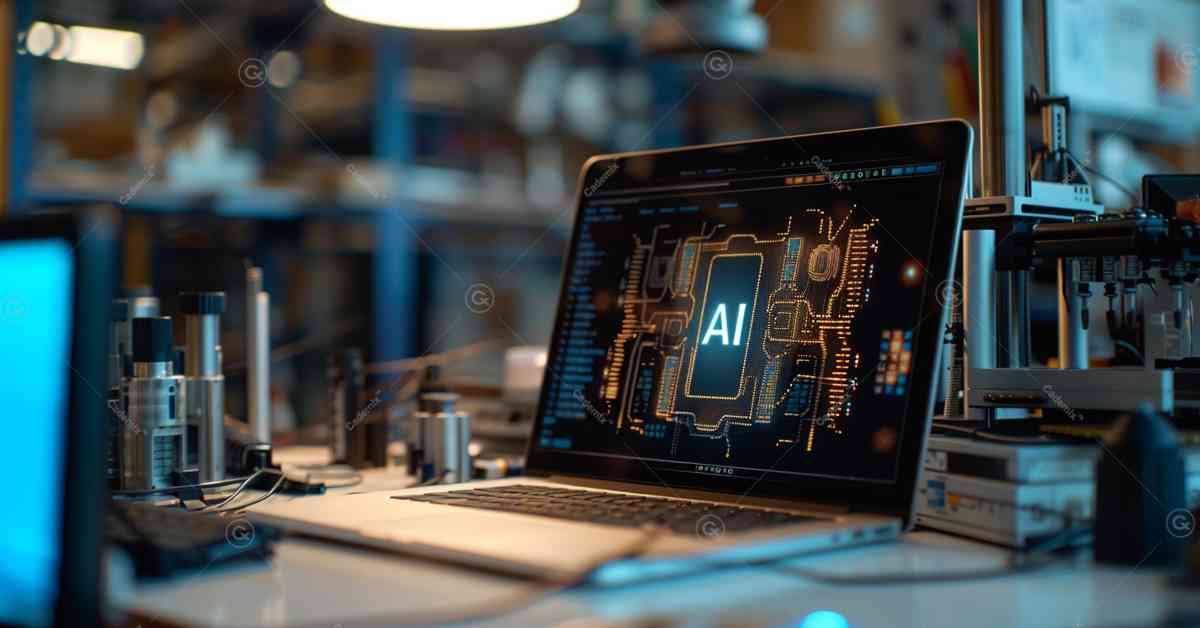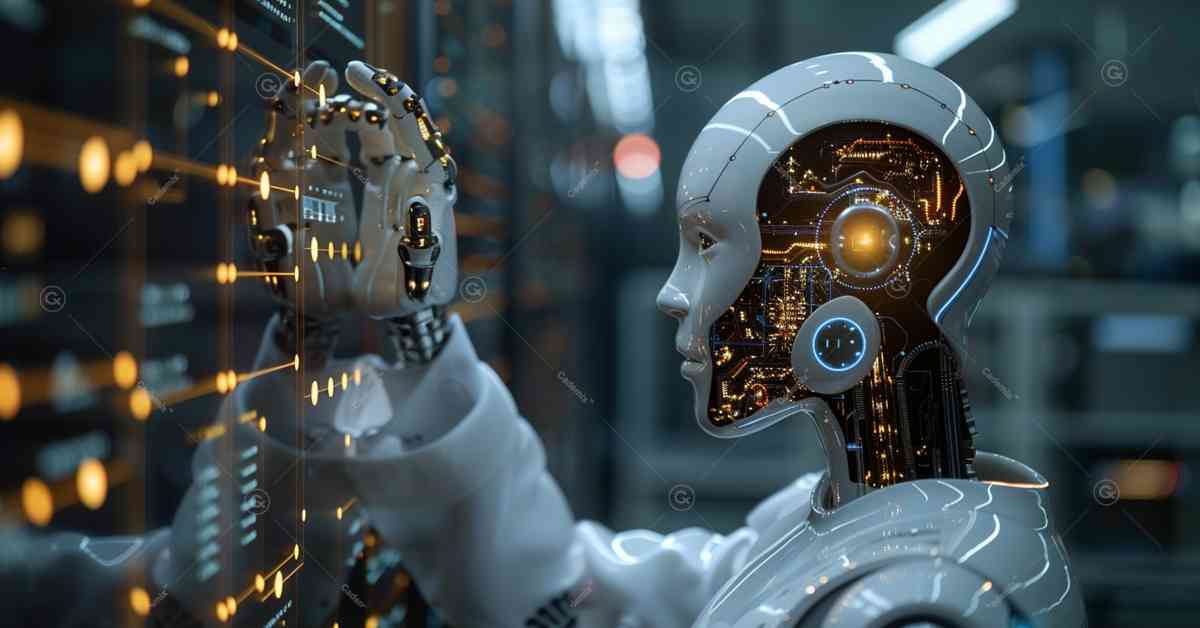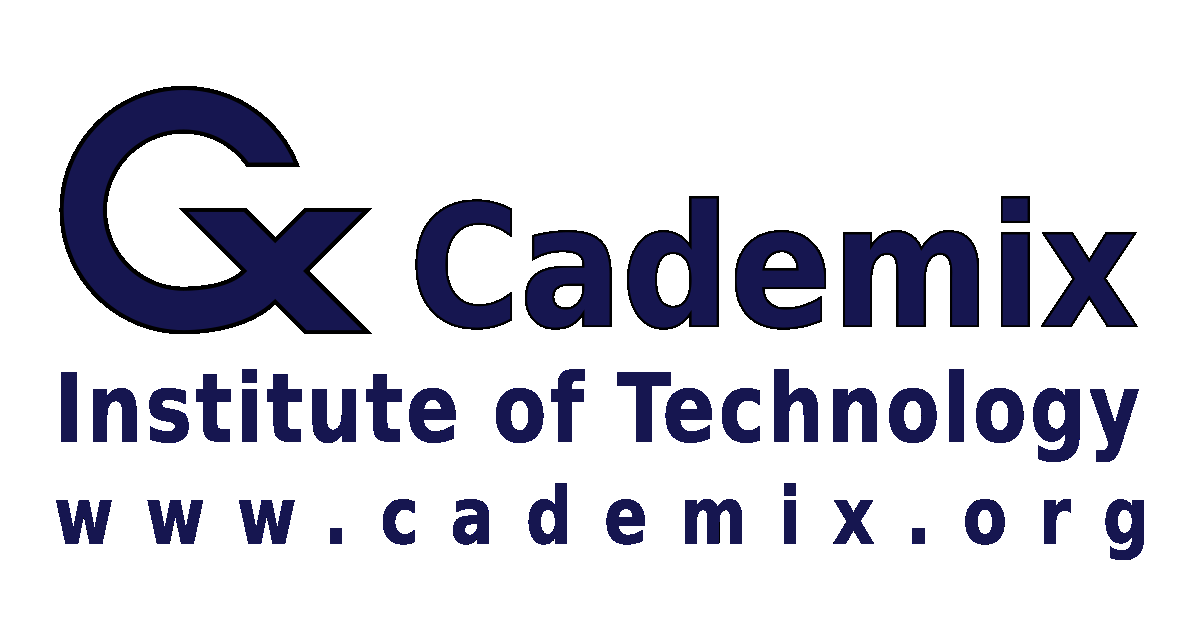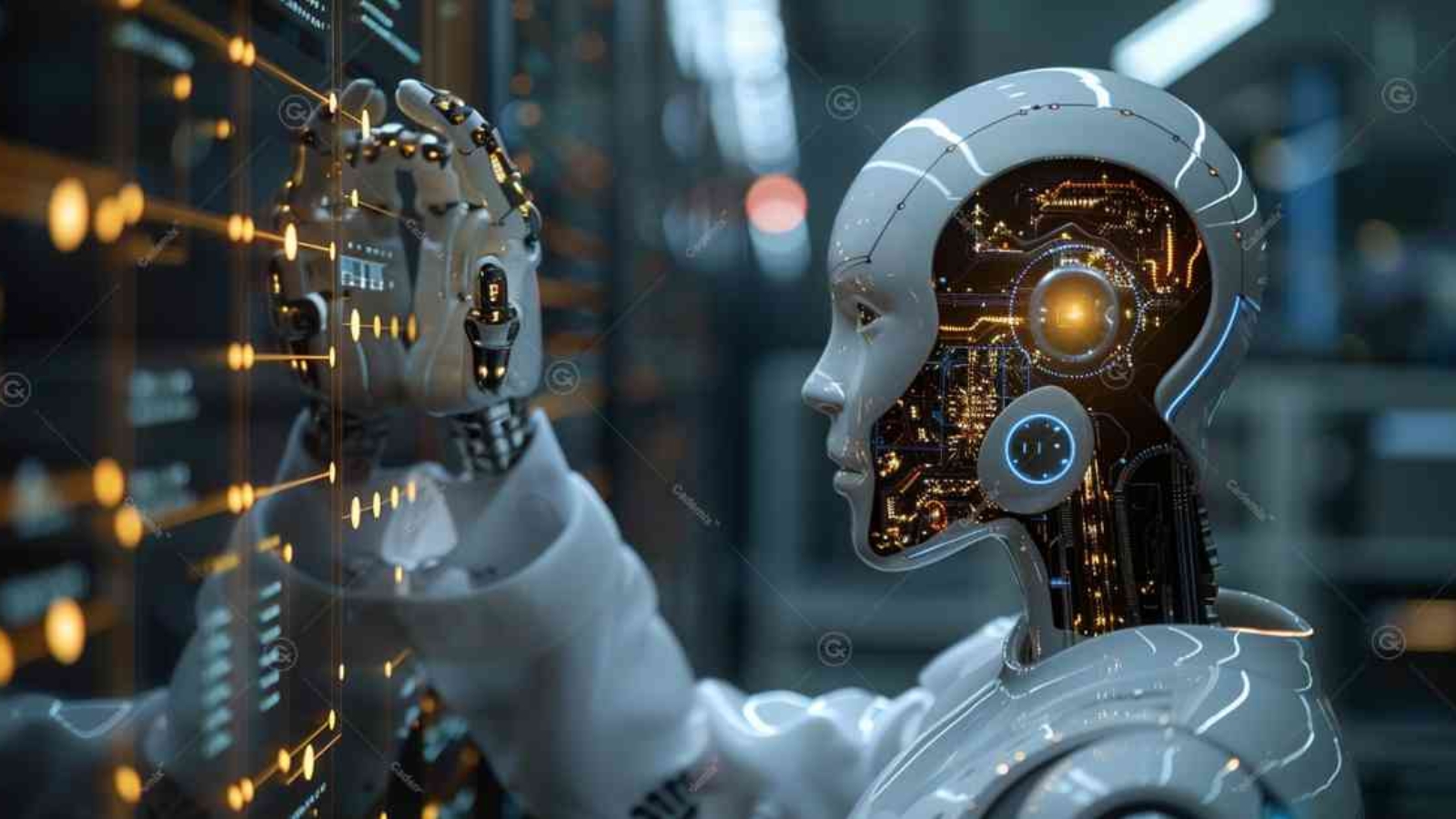Chatgpt, developed by OpenAI, is a groundbreaking advancement in conversational artificial intelligence. As part of the Generative Pre-trained Transformer (GPT) family, Chatgpt excels in generating human-like text, understanding context, and providing accurate responses across a wide range of topics. This article delves into the development, capabilities, applications, and impact of Chatgpt, highlighting its role in transforming how we interact with machines.
Keywords: Chatgpt, OpenAI, conversational AI, Generative Pre-trained Transformer, GPT-3, GPT-4, natural language processing, AI applications, AI advancements, human-like text generation.

Development of Chatgpt
Chatgpt is a product of extensive research and development by OpenAI, a leading organization in artificial intelligence. The model is based on the GPT architecture, which utilizes deep learning techniques and massive datasets to generate text that is coherent and contextually relevant. The GPT series, including GPT-3 and GPT-4, has significantly advanced the field of natural language processing (NLP).
The development of Chatgpt involved training on diverse datasets that include web pages, books, articles, and more. This diverse training allows the model to understand and generate text across various domains, making it highly versatile. OpenAI’s iterative approach to refining the model has led to improvements in accuracy, coherence, and the ability to handle complex queries.
Capabilities of Chatgpt
Chatgpt’s capabilities are vast and varied. It can engage in natural conversations, answer questions, generate creative content, and assist with a multitude of tasks. Its ability to understand context and generate relevant responses makes it a valuable tool for customer service, content creation, education, and more.
One of the standout features of Chatgpt is its ability to generate text that is indistinguishable from human writing. This is achieved through the model’s advanced understanding of syntax, semantics, and contextual nuances. Additionally, Chatgpt can handle follow-up questions and maintain context over extended conversations, making it highly effective in interactive applications.

Applications of Chatgpt
The applications of Chatgpt are extensive, ranging from everyday use to specialized professional tasks. In customer service, Chatgpt can provide instant support, answer queries, and resolve issues, enhancing customer satisfaction. In content creation, it can assist writers by generating ideas, drafting text, and even proofreading.
In the educational sector, Chatgpt serves as a tutor, helping students understand complex concepts, solve problems, and learn new material. Its ability to generate human-like text also makes it a useful tool for language translation and localization services. Moreover, Chatgpt is employed in research and development, aiding in data analysis, summarization, and report generation.
Chatgpt in the Job Market
Chatgpt has significant implications for the job market, particularly in streamlining recruitment processes and enhancing job seeker experiences. Employers can use Chatgpt to automate initial candidate screenings, handle routine inquiries, and provide instant feedback, thus expediting the hiring process. Job seekers benefit from AI-powered tools that help refine resumes, prepare for interviews, and provide career advice. This technology enables personalized job matching, ensuring that candidates find positions that align with their skills and aspirations.
Furthermore, Chatgpt’s ability to analyze vast amounts of data can identify emerging job trends and skills in demand, guiding job seekers to focus on relevant areas of improvement. By offering real-time assistance and resources, Chatgpt supports continuous learning and professional development, making job seekers more competitive in the evolving job market.
Future Workforce Integration
The integration of Chatgpt into the future workforce promises to revolutionize various industries by enhancing efficiency and productivity. In customer service, Chatgpt can handle routine queries, allowing human agents to focus on complex issues. In healthcare, it can assist with patient triage, appointment scheduling, and providing medical information, thus optimizing workflow and improving patient care.
In the education sector, Chatgpt can support personalized learning experiences by providing instant feedback, tutoring, and assisting with research. For businesses, it can streamline operations by automating administrative tasks, generating reports, and facilitating communication across teams.
By integrating Chatgpt into daily operations, organizations can harness AI to reduce operational costs, improve service quality, and drive innovation. The versatility of Chatgpt ensures that it can be tailored to meet the specific needs of different industries, making it an invaluable asset for the workforce of the future.
Broader Applications and Implementation
Chatgpt’s applications extend beyond traditional sectors, encompassing creative industries, finance, and even government services. In creative fields, it can assist with content generation, brainstorming sessions, and enhancing interactive experiences in gaming and entertainment. Financial institutions can use Chatgpt for customer support, fraud detection, and financial planning advice.
Government agencies can leverage Chatgpt to improve citizen services, providing instant responses to inquiries, facilitating access to information, and enhancing transparency. The implementation of Chatgpt involves integrating AI into existing systems, training it on specific datasets relevant to the industry, and ensuring robust security measures to protect sensitive information.
Successful integration requires collaboration between AI developers, industry experts, and end-users to tailor the AI’s capabilities to specific needs. By adopting Chatgpt, organizations can stay ahead of technological advancements, ensuring they remain competitive and innovative in a rapidly changing landscape.
Ethical Considerations
While Chatgpt offers numerous benefits, it also raises important ethical considerations. Issues such as data privacy, bias in AI, and the potential misuse of technology must be addressed. OpenAI and other organizations are actively working on frameworks and guidelines to ensure the responsible and ethical use of AI technologies like Chatgpt.
Ensuring transparency in how AI models are trained and used is crucial for building trust and mitigating risks. Continuous monitoring and updating of AI models are necessary to prevent and correct biases, ensuring fair and equitable outcomes for all users.

Conclusion
Chatgpt represents a significant leap forward in conversational AI, with extensive capabilities and applications that are transforming various industries. Its development by OpenAI underscores the potential of advanced AI models to enhance human-computer interactions, improve efficiency, and drive innovation. As AI technology continues to evolve, the future of Chatgpt and similar models promises even greater advancements and impact.
For more detailed information, visit the OpenAI website.
The landscape of AI development is marked by the tension between ethical rigor and technological advancement. At the Cademicx Institute of Technology Austria, this balance is actively pursued to navigate the challenges and unlock the full potential of AI.
Relevant Phrases and Keywords: Chatgpt, OpenAI, conversational AI, Generative Pre-trained Transformer, GPT-3, GPT-4, natural language processing, AI applications, AI advancements, human-like text generation.

